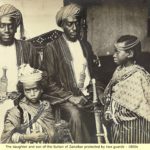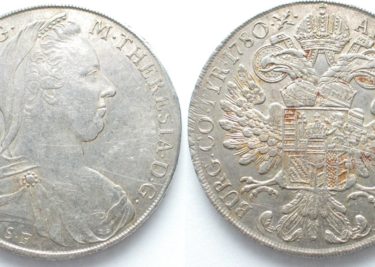The Introduction of Money in East Africa
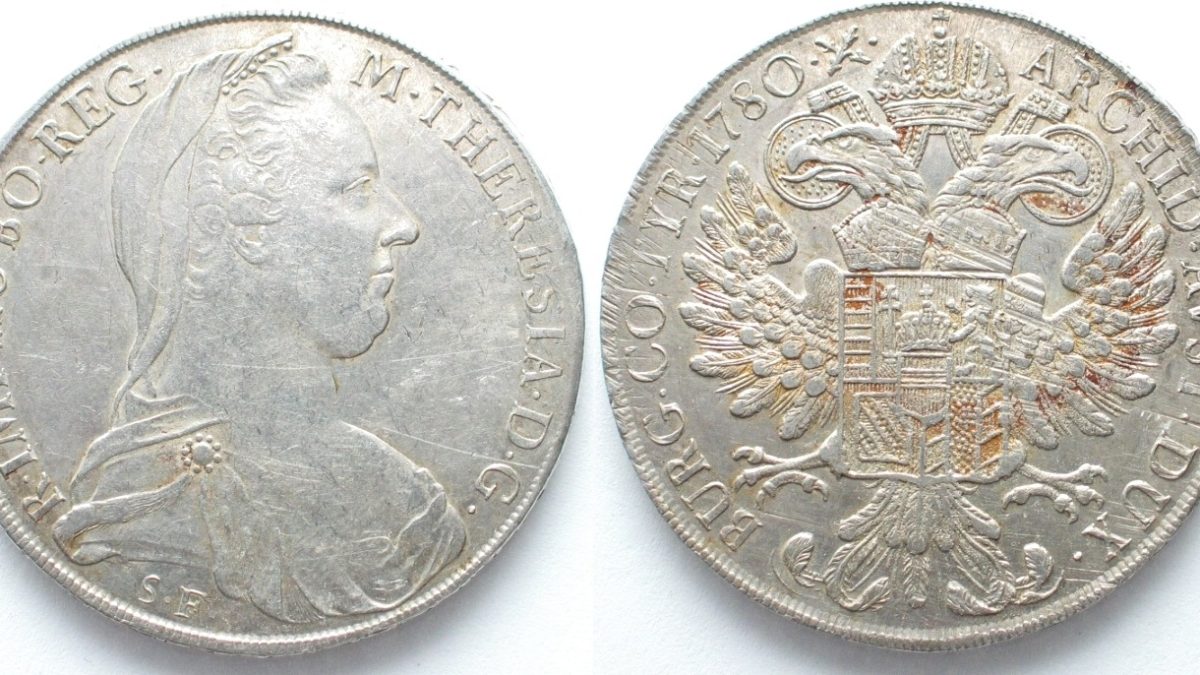
MTT Coin
Before a monetary system was introduced barter trade thrived. The process of exchanging goods for goods or services was facilitated by the lack of a common currency, and communities exchanged what they had in surplus for what they needed. In Kenya, though an unnamed land at the time, close communities exchanged pastoral and agricultural commodities such as bananas, millet, hides and beads. Additionally, various cloth materials, rock crystals and ivory were popular trade items among East African communities.
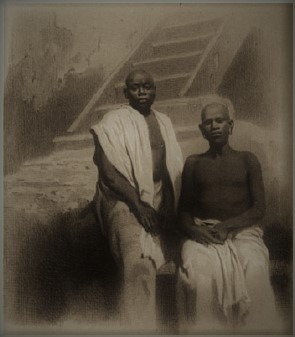
Merikani Cloth
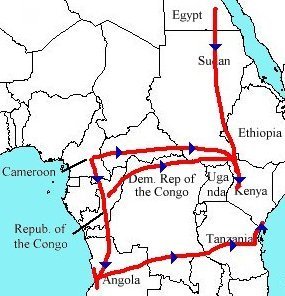
Bantu Migration Route
The Kamba, of Bantu origin, whose migration into Kenya is traced from the Mount Kilimanjaro area are revered as the country’s long-distance traders. There’s no certainty as to what prompted their love for trekking, but we can safely bet that migration had a role to play. Following the end of the Bantu migration between the 13th and 15th centuries, explorers and various peoples visited the East African coast. Most of these travelers were of Arabian and Persian descent. The Kamba traders heard of these people and the unique goods they came with, and so they got to work. They arranged caravans travelling to the coastal region, particularly Mombasa, with the traders having few sojourns on their commute. In later years, this Bantu tribe would be among the contributors of the penetration of coins into the hinterland.
In this barter trade era, Mombasa city was as it is now: a strategic point, and a warm, culturally vibrant city welcoming to visitors from the vast ocean. History remembers Mwana Mkisi, the founder of Mombasa, though much later, in the 18th century, this coastal city was conquered by the Mazrui Family from Oman. When the Akamba started trading at the coast, the Arabian and Persian merchants had familiarized themselves with the region, and items such as brass, glass, copper, and iron were present and in high demand. Dhows from the East and beyond would ship in these goods and others such as Merikani Cloth which the Akamba would acquire exchanging cowries, ivory and beads.
*
Around the time the Mazrui were stabilizing their reign in Mombasa, a silver coin was minted in Austria. The year was 1741 and the coin was given the name Maria Theresa Thaler (MTT). The MTT coins quickly found their way to the Arabian Peninsula and became the first currency in states such as Oman. In 1832, the Sultan of Oman moved his Sultanate to Zanzibar, the silver coins sailed along with and on arrival the changing of hands along the East African Coast commenced. MTT’s value was recognized among Arab and Persian traders but eventually the Akamba considered its worth. However, for the Arabian traders, the use of high-value silver coins for trade soon posed the problem that only small purchases were made. Grains, which were widely acceptable at the time and easily portable were eventually used as a solution. Still, more silver coins became common within the East African coastline. The utility of MTTs soon became known to more traders and in the months that followed, if there was absence, frustration was often the result.
Though the outcome of the value of the Maria Theresa Thaler coin and barter trade in years and decades ahead was unpredictable, this was the first introduction to currency in East Africa. The genesis of a potential monetary dependency.

